2" 150LB plug valve is made according to API 599 standard. The valve body is made of A216 WCB. It has the structural characteristics of four way and bolt cover. Its connection mode is RF. And it has turbine operation mode.
Payment:
30% when order confirmed, 70% before shipmentProduct Origin:
ChinaColor:
CustomizationShipping Port:
Shanghai, ChinaLead Time:
30~60 days Ex Works after order confirmationMaterial:
A216 WCBMethod of Operation:
API 599Product Description
|
Type |
Plug Valve |
|
Size |
2" |
|
Pressure |
150LB |
|
Connection |
RF |
|
Operation |
Turbine Operation |
|
Body Material |
A216 WCB |
|
Design Norm |
API 599 |
|
End Flange Dimensions |
ASME B16.5 |
|
Face to Face |
Factory standards |
|
Test & Inspection Code |
API 598 |
|
Pressure-Temp |
ASME B16.34 |
|
Temperature |
≤ 120°C |
|
Applicable Medium |
Water, Oil and Gas |
Features
1. Simple structure, small size, light weight, easy maintenance;
2. The sealing performance is not limited by the installation direction, and the flow direction of the medium can be arbitrary.
3. It is suitable for frequent operation and can be opened and closed quickly and easily.
Technical Drawing
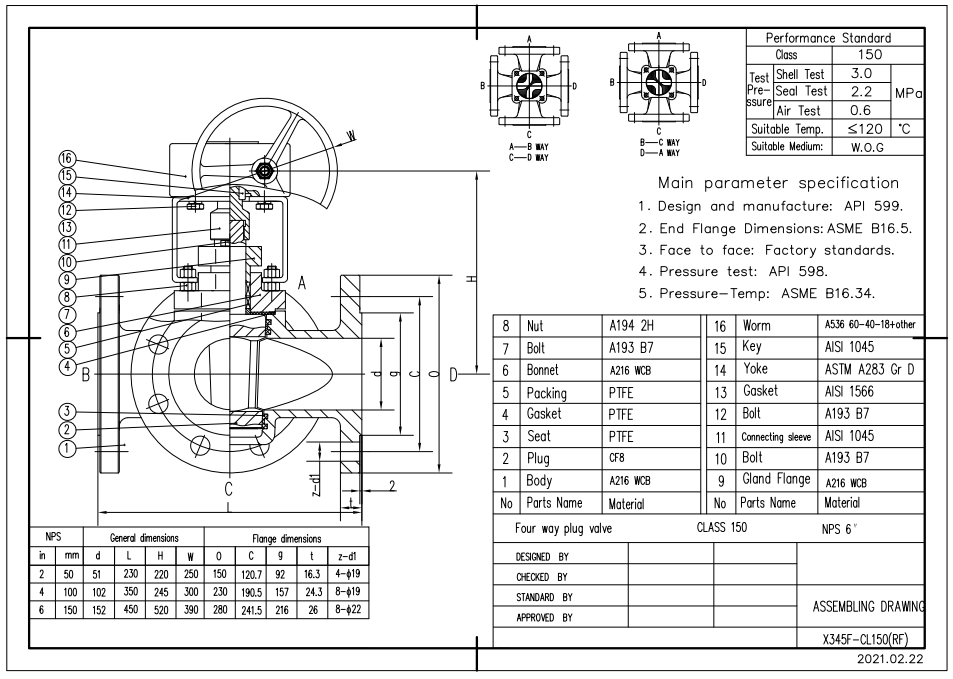
Dimension Checking

Pressure Testing
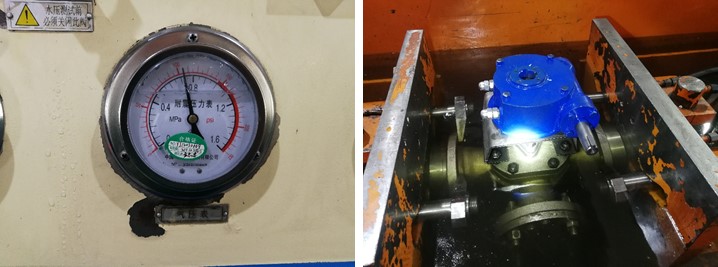
Painting

Nameplate & Packing
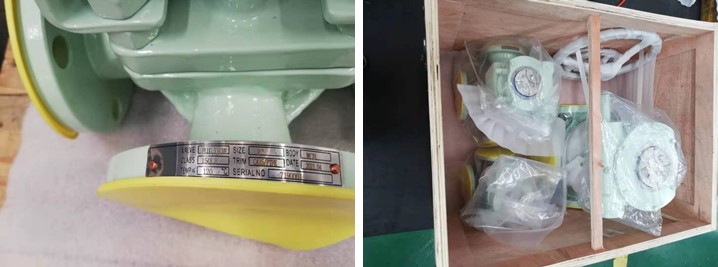
Inspection report
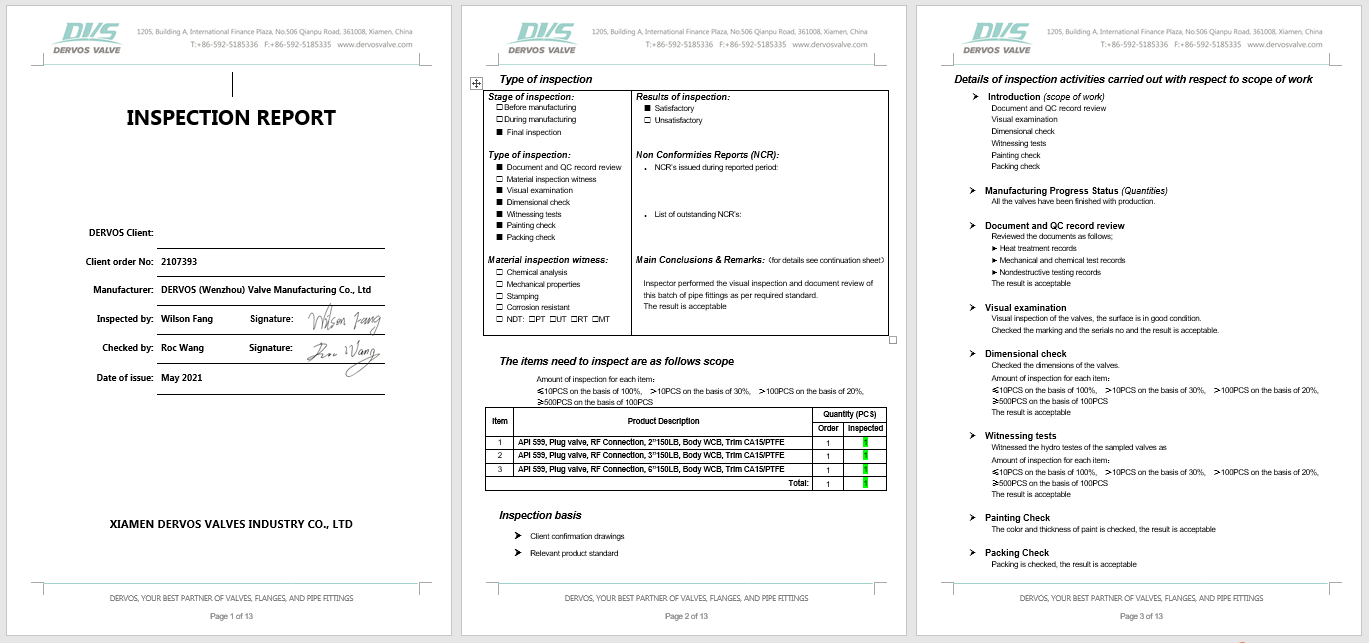

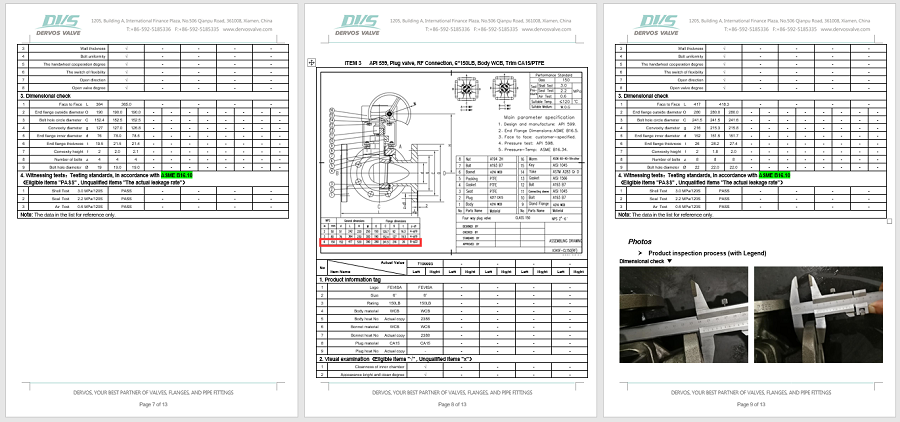
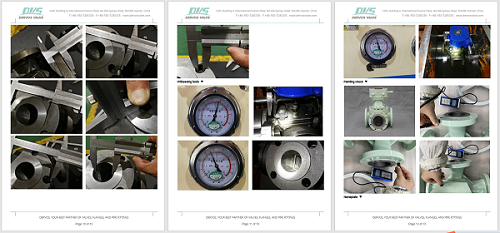
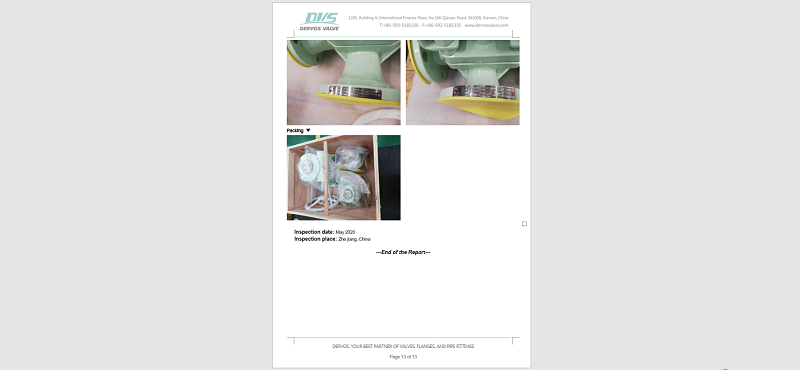
If you are interested in our products and want to know more details,please leave a message here,we will reply you as soon as we can.